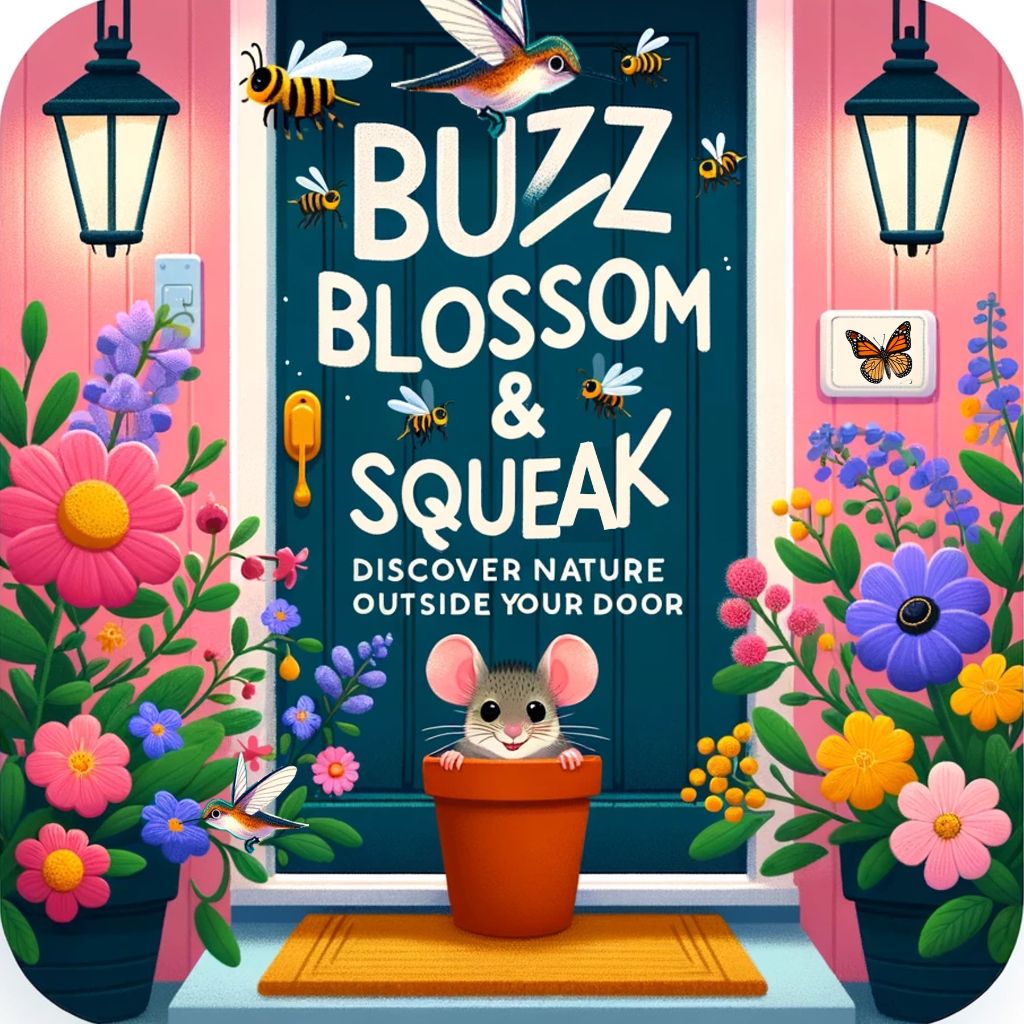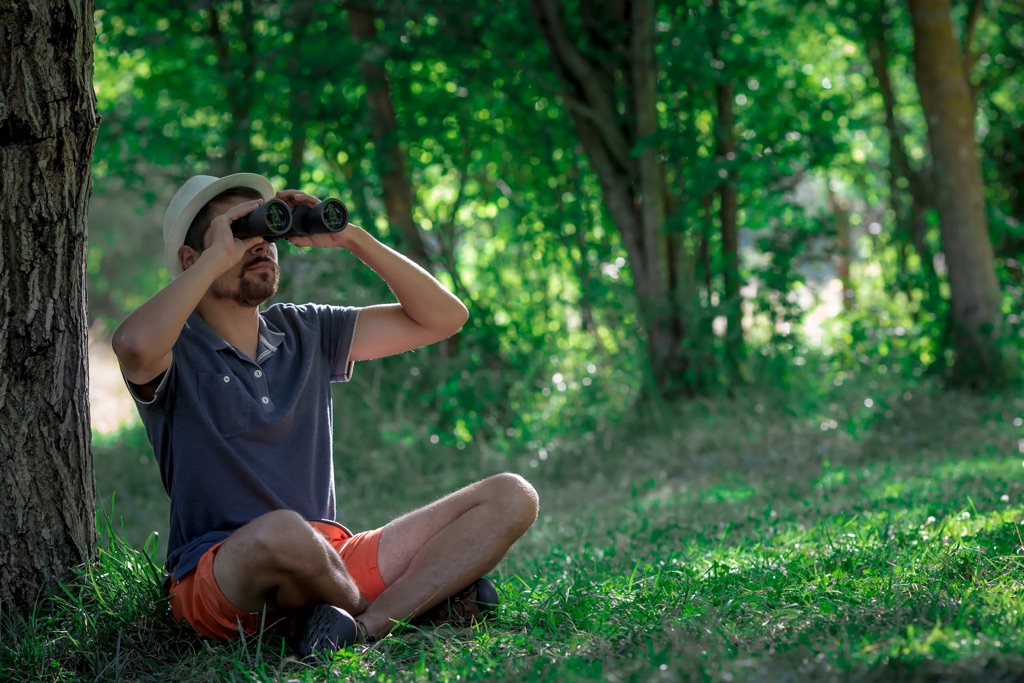Nature, with its boundless beauty and mysteries, beckons us to step outside and immerse ourselves in its wonders. Observing nature is not just a pastime but a way to connect deeply with the world around us, learning and growing with every observation. I share practical tips for anyone looking to start this rewarding journey.
Whether you’re interested in the flight patterns of birds, the subtle changes in plant life through the seasons, or the bustling activity of critters in your backyard, nature observation offers endless opportunities for discovery.
Controlled Observation vs. Naturalistic Observation
There are two primary methods of observing nature: controlled and naturalistic observation. Controlled observation involves creating or utilizing a specific environment to watch wildlife, such as setting up bird feeders in your backyard or visiting a wildlife preserve. This method allows for consistent, close-up views of nature in action. On the other hand, naturalistic observation encourages stepping into nature’s realm, whether a park, desert, or forest, and observing the natural world without interference. This approach offers the thrill of exploring diverse environments and the surprises they hold.
The Power of Sit Spots
A great tactic is the concept of “sit spots.” These are specific locations chosen for regular visits to observe nature. The beauty of a sit spot lies in its simplicity and the deep connection it fosters with a particular piece of nature. By repeatedly returning to the same spot, one becomes attuned to the nuances of the area, noticing changes that might go unseen by the casual observer. Whether it’s detecting the subtle signs of an approaching storm or witnessing the seasonal migrations of birds, sit spots are a powerful tool for becoming intimately familiar with the rhythms of nature.
Incorporating Observation into Everyday Life
These nature observation tactics don’t require distant travel or expensive equipment. It’s about keen observation and patience to see the nature story unfold before your eyes. Tips shared include keeping a nature journal, taking photographs and sketching, enhancing observation skills, and creating a personal record of your nature experiences. Moreover, joining nature classes or groups can accelerate learning, allowing the sharing of insights and discoveries with like-minded individuals.
A Call to Action
Find their sit spot within 20 minutes of home. It challenges us to take the time to sit, observe, and record our findings, engaging all our senses in the process. The joy of nature observation lies not just in the sights seen but in the personal growth and connection to the world that comes from these quiet moments of observation.
In a world that often moves too fast, taking the time to observe nature allows us to slow down, appreciate the small wonders, and perhaps, find a bit of ourselves in the tranquility of the natural world. So, grab a notebook, find your sit spot, and let the journey of discovery begin.

